What is Capacitive Voltage Detecting System
Release time:2022-06-17 15:55:37
The capacitance voltage detection system includes a voltage differential acquisition circuit, a filter processing circuit, an AD acquisition circuit, a control circuit, a display circuit and a host computer; the voltage differential acquisition circuit is used to collect the voltages at both ends of the super capacitor, and the collected voltage signals pass through After the filtering and processing circuit, it is sent to the corresponding pin of the AD sampling chip; the control circuit reads the voltage conversion data of each channel in the AD chip in real time, and displays the acquired data through the display circuit; the host computer adopts the MODBUS-RTU communication protocol to achieve communication with each channel. The communication of the control circuit in the group module; the super capacitor voltage detection system can accurately measure the voltage value at both ends of each capacitor, and accurately judge the working state and charging and discharging characteristics of the capacitor; the system has a simple structure and is easy to install, which improves the work efficiency of workers , which enhances the reliability of the supercapacitor array.
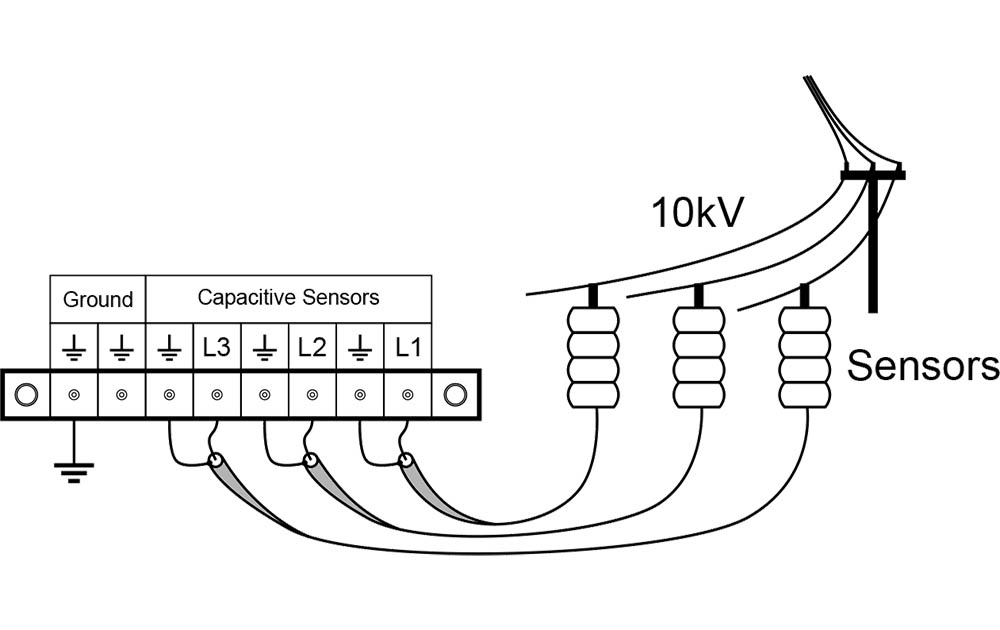
Capacitors are components that store electricity and electrical energy (potential energy). Two conductors that are close to each other with a non-conductive insulating medium sandwiched between them constitute a capacitor. Charge is stored when a voltage is applied between the two plates of a capacitor. Capacitors play an important role in tuning, bypassing, coupling, filtering and other circuits.
The main classification of capacitors:
1. Structure: fixed capacitor, variable capacitor and trimmer capacitor;
2. Electrolytes: organic dielectric capacitors, inorganic dielectric capacitors, electrolytic capacitors, electric heating capacitors and air dielectric capacitors, etc.;
3. Uses: high frequency bypass, low frequency bypass, filtering, tuning, high frequency coupling, low frequency coupling, small capacitors, etc.;
4. Manufacturing materials: ceramic capacitors, polyester capacitors, electrolytic capacitors, tantalum capacitors, and advanced polypropylene capacitors;
5. High frequency bypass: ceramic capacitors, mica capacitors, glass film capacitors, polyester capacitors, glass glaze capacitors, etc.;
6. Low frequency bypass: paper capacitors, ceramic capacitors, aluminum electrolytic capacitors, polyester capacitors, etc.;
7. Filtering: aluminum electrolytic capacitors, paper capacitors, composite paper capacitors, liquid tantalum capacitors, etc.;
8. Tuning: ceramic capacitors, mica capacitors, glass film capacitors, polystyrene capacitors, etc.;
9. Low coupling: paper capacitors, ceramic capacitors, aluminum electrolytic capacitors, polyester capacitors, solid tantalum capacitors, etc.;
10. Small capacitors: metallized paper capacitors, ceramic capacitors, aluminum electrolytic capacitors, polystyrene capacitors, solid tantalum capacitors, glass glaze capacitors, metallized polyester capacitors, polypropylene capacitors, mica capacitors, etc.
For more information, please check the link below: https://www.fourfaithpower.com/industry-news/capacitive-voltage-detecting-system.html
 Overhead Line Fault In
Overhead Line Fault In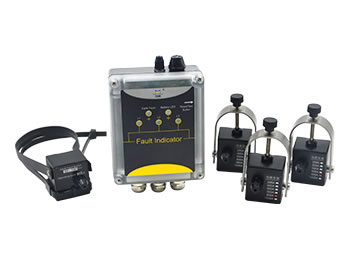 Wall-Mounted Cable Lin
Wall-Mounted Cable Lin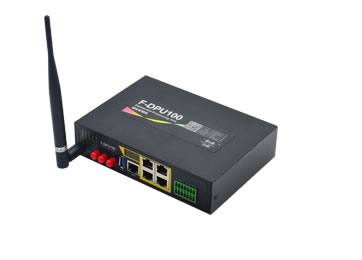 Protocol Converter Gat
Protocol Converter Gat Industrial Cellular Ro
Industrial Cellular Ro HV Power Line Security
HV Power Line Security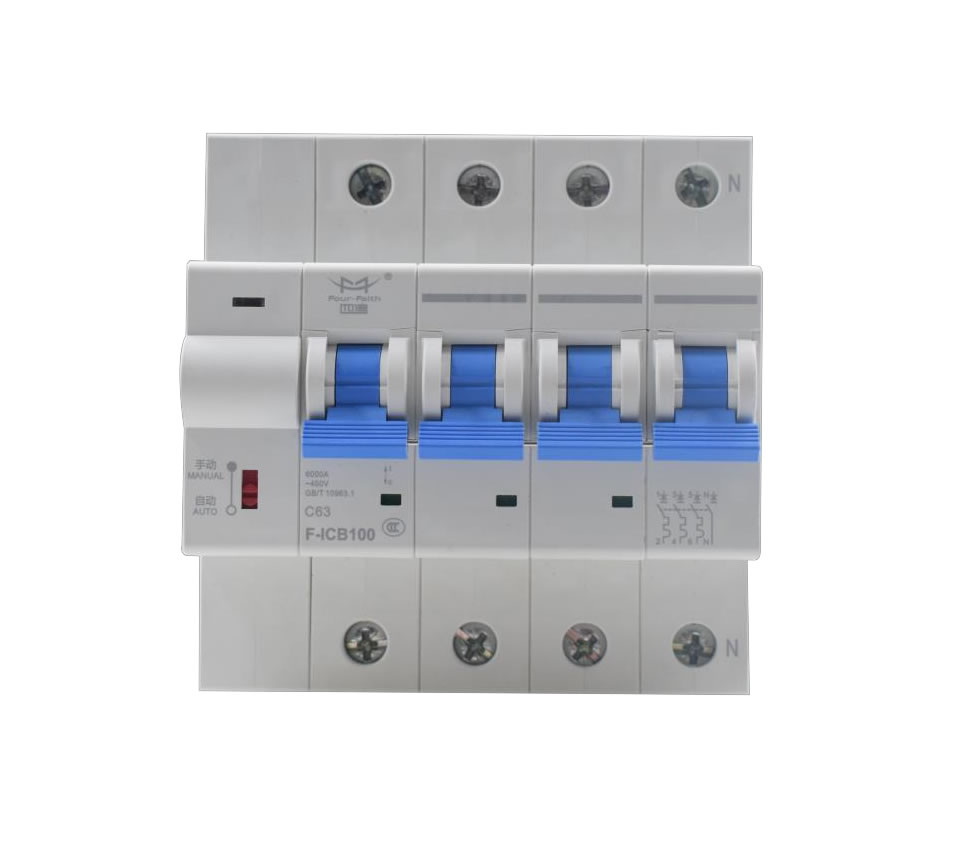 F-ICB100 380V smart ci
F-ICB100 380V smart ci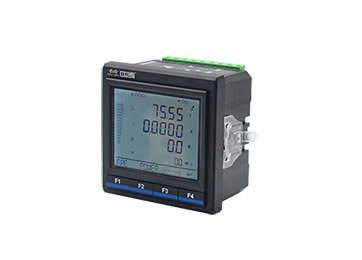 Multifunction Power Me
Multifunction Power Me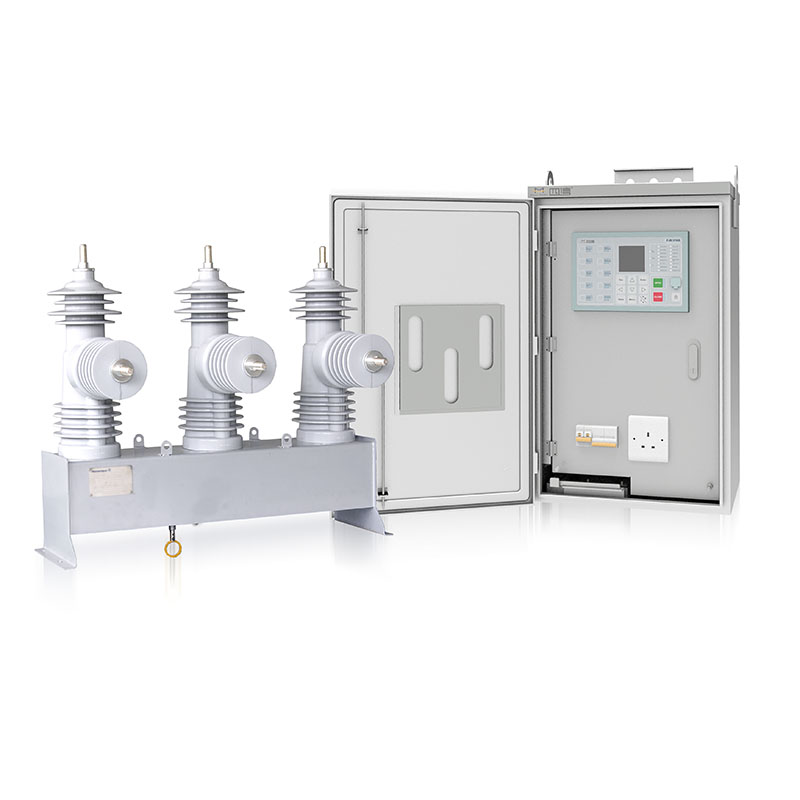 F-FTU200 Auto Circuit
F-FTU200 Auto Circuit  LoRa Module & Gateway
LoRa Module & Gateway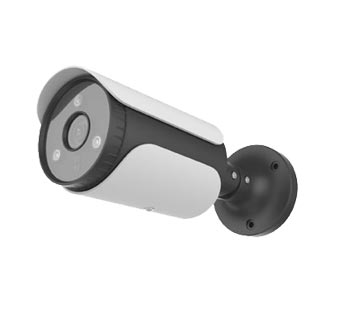 Network Camera
Network Camera Serial to Cellular
Serial to Cellular 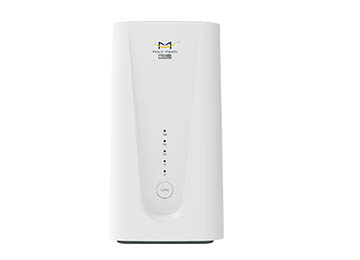 5G Router
5G Router 
 Chinese
Chinese
 Download
Download Demo
Demo Wiki
Wiki FAQ
FAQ themes
themes




